Universiti Teknologi Malaysia (UTM) and Universitas Airlangga (UNAIR) recently collaborated on a community service program, engaging students with average achievements in mathematics from three different madrasahs (schools) in Surabaya, Indonesia. The collaboration between UTM and UNAIR researchers successfully secured the World University Association for Community Development (WUACD) Airlangga Grant 2023 valued at Rp 75,000,000.00 (equivalent to USD 5,200.00), generously funded by Universitas Airlangga.
One of the primary goals of the program was to expose the use of mathematics in daily life, instil confidence and motivation in mathematics, enhance mathematical thinking, and foster a deeper appreciation of mathematics among primary school students. This aligns with the United Nations Sustainable Development Goal (SDG) 4, which aims to ensure quality education for all. By engaging students in interactive and enjoyable mathematics activities, the camp contributes to the broader objective of providing inclusive and equitable quality education as it helps students build essential mathematics skills and cultivate a positive attitude towards mathematics, which is fundamental for their educational development and future opportunities.
The planning and execution of this camp were undertaken by a collaborative team comprising UTM’s Professor, Professor Dr. Nor Haniza Sarmin, who oversaw the coordination, and a committee from the Department of Mathematical Sciences, Faculty of Science, UTM that included senior lecturers Dr. Hazzirah Izzati Mat Hassim and Dr. Muhamad Najib Zakaria, and PhD candidate Athirah Zulkarnain. Universitas Airlangga contributed to the initiative, with Miss Siti Zahidah leading the team, supported by five distinguished lecturers from the Faculty of Science and Technology, UNAIR. The program received further support from twelve facilitators, carefully selected from undergraduate students at Universitas Airlangga.
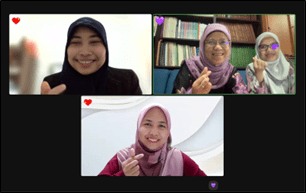

Figure 1: A series of online meetings, from discussing the proposal for the WUACD Airlangga Grant 2023 application to brainstorming activities for the camp.
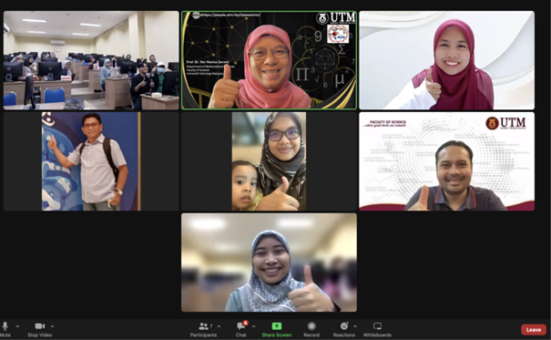
Figure 2: Training of Trainers (ToT) was conducted online, involving trainers and facilitators from Surabaya and Johor Bahru, to ensure the smooth operation of the camp.
With the name of the program, ‘UNAIR-UTM FunMath Camp,’ this successful camp was held at Taman Hutan Raya Jeruk, Surabaya, Indonesia from October 4th to 5th, 2023. A total of 50 students aged 9 to 11 from MI Nurul Hidayah, MI At-Taufiq, and MI Islamiyah participated in this enriching experience.
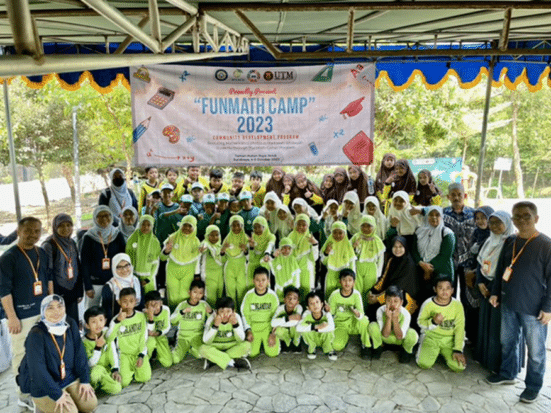
Figure 3: Enthusiastic participants on Day 1 to begin the FunMath Camp.
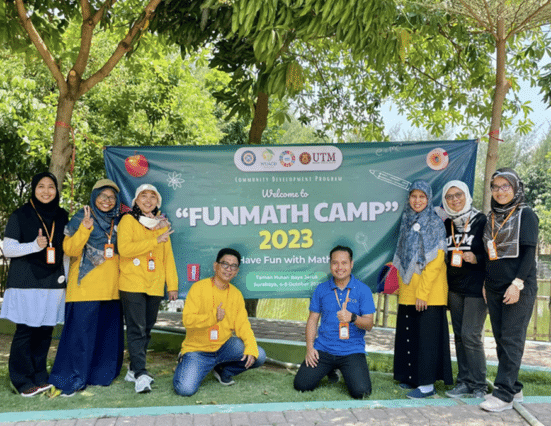
Figure 4: Committee members from UTM with lecturers from UNAIR.
The UNAIR-UTM FunMath Camp proved to be a valuable experience for both facilitators and participants. The students were organised into five groups, each consisting of ten members. Two camp facilitators guided each group, with one dedicated trainer for each activity in their respective sections. The camp featured several engaging activities, namely icebreaker sessions, mathematics lectures, mathematical recreations, a Math-Hunt, stage performances, mini-Olympiad, and mathematics invention. These activities revolved around the theme of mathematics, aligning with the program’s objectives. Most of these activities emphasised the importance of group collaboration except for the mini-Olympiad, which involved individual tasks. The goal of these activities was not only to increase students’ interest in mathematics but also to promote teamwork and create a fun learning environment for the participants.
The two-day camp started with an icebreaker session led by Ms. Nashrul Millah from UNAIR, designed to overcome the participants’ initial shyness on the first day. Several games were played before the participants were divided into five large groups, combining participants from different schools into each group.

Figure 5: The fun and friendly Ms. Nashrul Millah from UNAIR helped the participants feel welcomed in this camp through an icebreaker session.
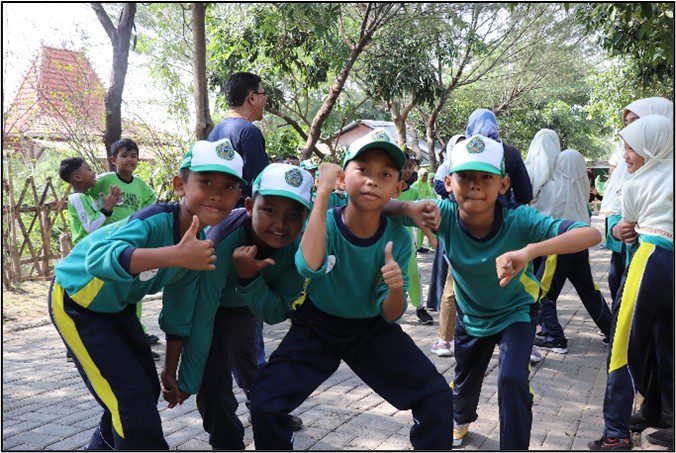

Figure 6: The icebreaker session got off to a good start, putting participants in a positive mood to kick off the two-day camp.
The session was followed by a lecture titled ‘Mathematics in Daily Life,’ delivered by Professor Dr. Nor Haniza Sarmin from UTM. This presentation effectively demonstrated the significance and practical applications of mathematics in the students’ daily routines.
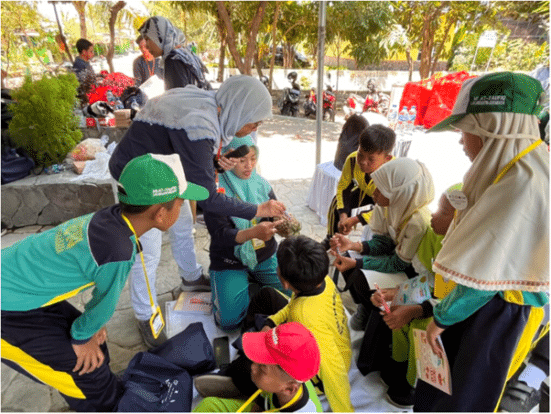
Figure 7: Professor Dr. Nor Haniza Sarmin shared with the participants on the uses of Mathematics in daily life.

Figure 8: The participants learned about Fibonacci numbers on pineapples.
In the ‘Mathematical Recreation’ session, three activities were conducted to enhance students’ familiarity with numbers, geometric shapes, simple algebra, and more. Key problem-solving skills required in these activities included the trial-and-error method.
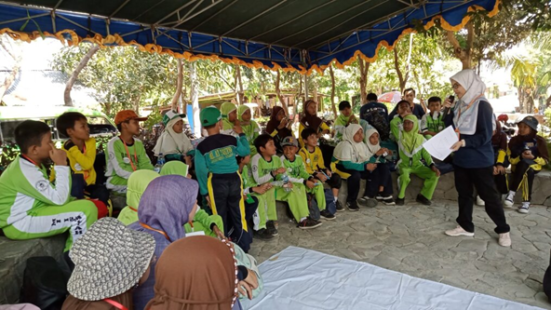
Figure 9: Dr. Hazzirah Izzati Mat Hassim from UTM led the Mathematical Recreation session.
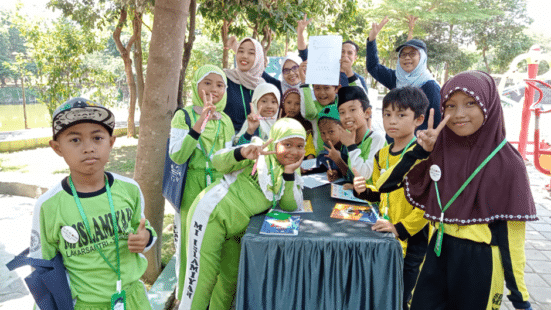
Figure 10: “We did it!” – The happy faces of the students after completing the questions that required logical and critical thinking.
The Math-Hunt activities were like a treasure hunt but involved riddles and mathematical questions. This activity required a lot of energy from participants as they ran around the park. Each checkpoint had mathematical questions that needed to be solved to collect the next clue. The excitement could be seen on the faces of the participants as children and play became a single entity. Being surrounded by nature during this activity added value for the participants, encouraging them to think, play, and learn.
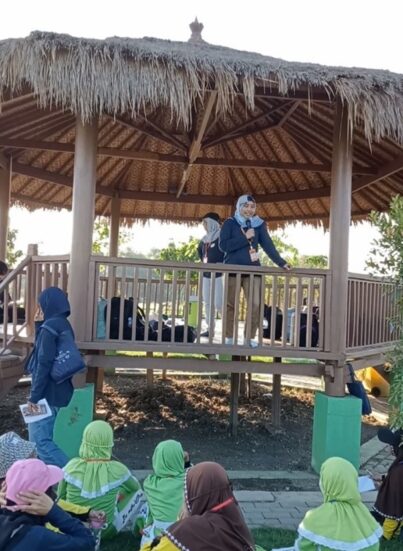
Figure 11: Miss Siti Zahidah led the MathHunt session with energetic participants who were eager to play and run while solving math problems.
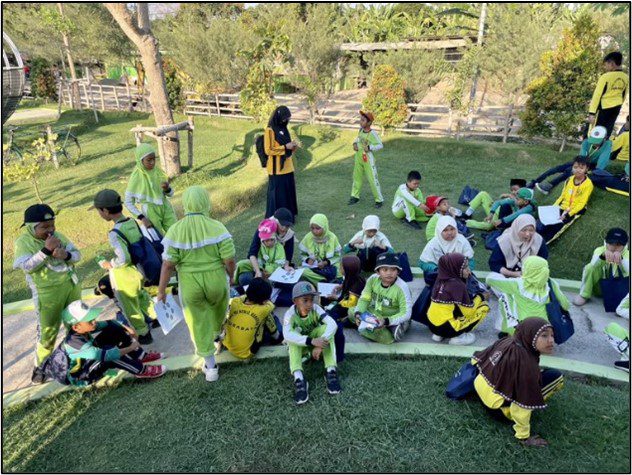
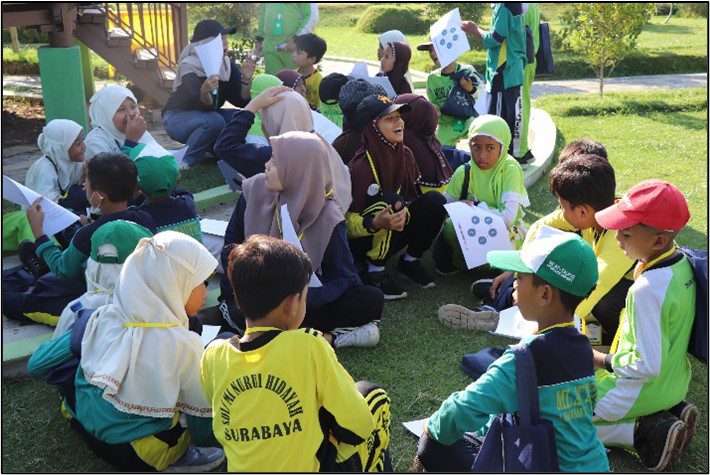
Figure 12: Playing and Learning Mathematics in a fun way during the MathHunt session.
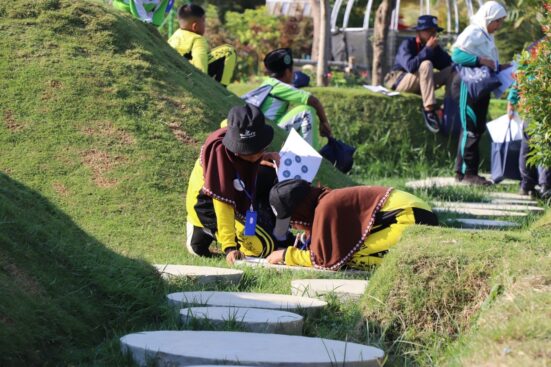
Figure 13: Nature and play are the perfect combination for kids to learn.

Figure 14: The beginning of Day 2 with a fun and easy morning workout in the green surroundings of Taman Hutan Raya Jeruk.
On the second day, a stage performance was held to capture the students’ interest and their ability to use mathematical concepts in their performances. Students’ performances took the form of acting, songs, poems, or rhymes based on mathematics. This activity also aimed to foster confidence among the participants. With the assistance of facilitators, the students presented entertaining performances during this session. Some feedback was gathered from the participants regarding what they learned from this session, where some mentioned that they learned about mathematics while others mentioned they learned to sing, noted that they learned about teamwork, and the sweetest takeaway for many was that they learned about friendship.
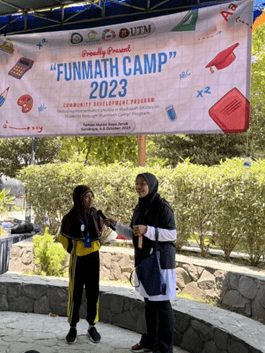
Figure 15: Athirah Zulkarnain, a PhD student from UTM, who led the Mathematical Performance session, asked the participants for their opinions on the benefits of this session.

Figure 16: Discussion of juries to find the best group performance.
There was also a mini-Olympiad competition, led by Dr. Miswanto from UNAIR in the form of a mathematical quiz to stimulate the students’ interest in mathematics, with questions ranging from easy to challenging. This was the only individual activity designed to assess the students’ knowledge and their ability to understand mathematics questions logically and critically.

Figure 17: One of the unique places chosen by the participants for the individual quiz.
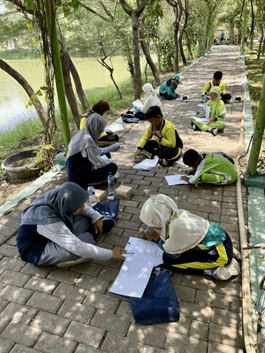
Figure 18: Time to showcase individual mathematical abilities through the mini-Olympiad.
Lastly, an innovative recreational activity enabled each group to use their imagination and creativity in designing a ‘dream school’ using provided materials, including manila cards, ice-cream sticks, glue, and scissors. Participants were free to dream, imagine, and employ creativity and innovation to build their dream school. At the same time, they were required to implement the mathematical concepts in their design. The competitive spirit among the students was palpable, with each section receiving marks to recognise the top-performing groups among the five.

Figure 19: Dr. Muhamad Najib Zakaria from UTM led the session where the participants needed to build their dream school.

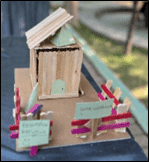

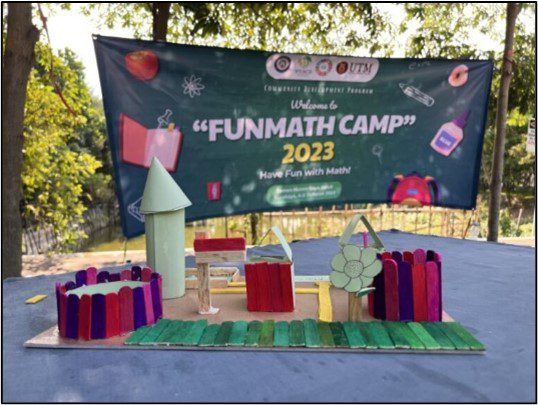

Figure 20: ‘Dream schools’ creatively constructed by the participants.
Positive feedback was received from both students and teachers throughout the program. As we reflect on the success of the UNAIR-UTM FunMath Camp 2023, we are not only optimistic about its potential to inspire more students in the future but also see it as a good example of an educational initiative that aligns with the United Nations Sustainable Development Goals (SDGs). The camp, which aimed at fostering a deeper appreciation of mathematics (in line with SDG 4 – Quality Education), also contributes to the students’ overall well-being. Furthermore, this camp showcases the importance of partnerships and international collaboration (SDG 17 – Partnerships for the Goals), which is evident in the collaboration between Universiti Teknologi Malaysia (UTM) and Universitas Airlangga (UNAIR), along with the support received from the community. We also hope that this camp can encourage the students to share their newfound knowledge with other friends and schoolmates, creating a ripple effect that extends the camp’s impact and furthers the cause of quality education.
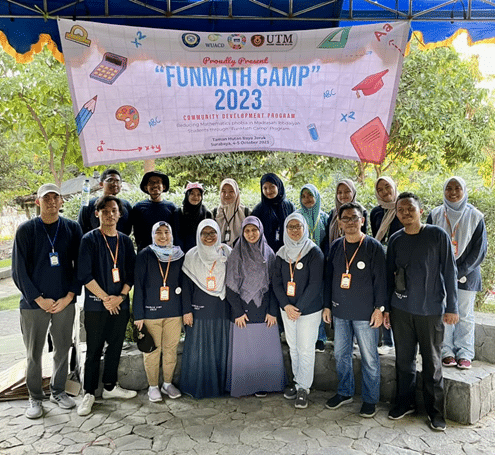
Figure 21: The lineup of trainers and facilitators from UTM and UNAIR.
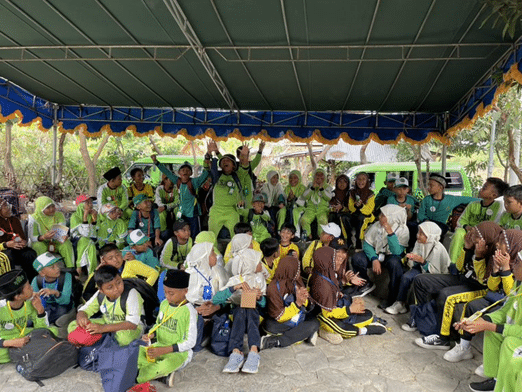
Figure 22: The joy of the students during the announcement of the best group.

Figure 23: The closing ceremony with happy participants holding their certificates and lovely medals.
Prepared by: Athirah Zulkarnain, Professor Dr Nor Haniza Sarmin, Dr Hazzirah Izzati Mat Hassim, Siti Zahidah.


